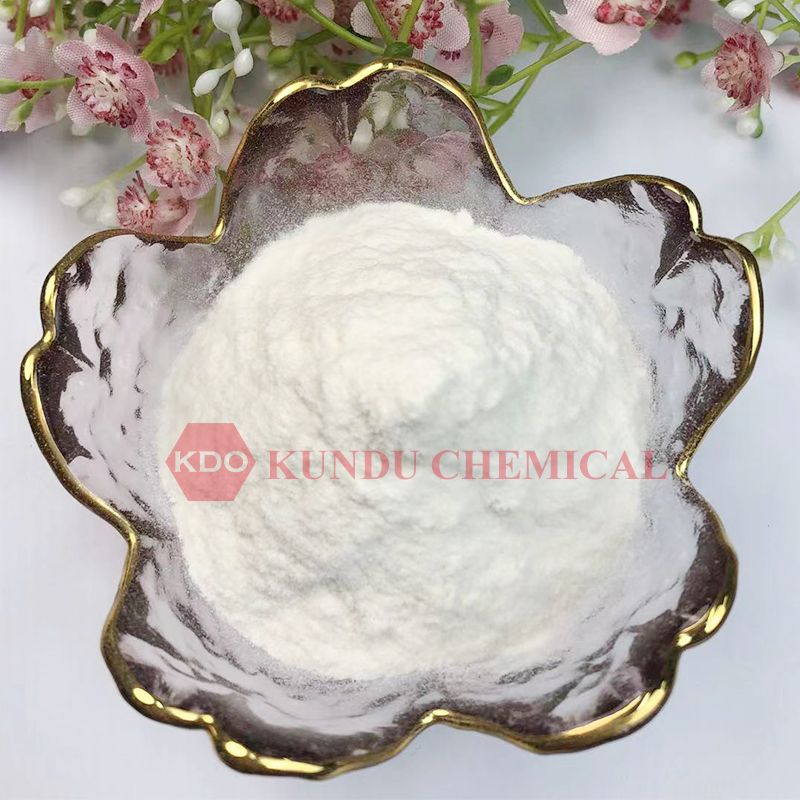In recent years, there has been a growing interest in sustainable materials, and wood cellulose fiber is quickly becoming a popular option across various industries. This versatile material is derived from wood pulp and offers numerous advantages such as being renewable, biodegradable, and possessing high strength and insulating properties. In this article, we will explore the emergence of wood cellulose fiber and its potential applications.

Wood cellulose fiber is a natural material that is obtained by breaking down wood pulp into its individual fibers. The wood pulp is treated with chemicals to remove the lignin and hemicellulose, leaving behind the cellulose fibers. The fibers are then processed into various forms, including pulp, sheets, and fibers.
Construction Materials: Wood cellulose fiber is used in various construction materials such as insulation, fiberboard, and particleboard. The high strength and good insulating properties of wood cellulose fiber make it a suitable material for use in insulation materials.
Packaging Materials: Wood cellulose fiber is used in the production of paper and cardboard packaging materials. Its high strength and low density make it an ideal material for producing strong and lightweight packaging materials.
Textile Industry: Wood cellulose fiber is used in the textile industry to produce fabrics such as rayon and viscose. These fabrics have a soft texture and are comfortable to wear.
Automotive Industry: Wood cellulose fiber is used in the automotive industry to produce composite materials that are used in car interiors, body panels, and dashboards. The high strength of wood cellulose fiber makes it an ideal material for use in the production of lightweight and durable composites.
Personal Care Products: Wood cellulose fiber is used in personal care products such as diapers, tampons, and sanitary napkins. The fibers are used as absorbent materials due to their high water-holding capacity.
As the world becomes more focused on sustainability and eco-friendliness, wood cellulose fiber is quickly gaining attention as a promising alternative to traditional materials. Its renewable and biodegradable properties make it an excellent choice for a range of applications, from construction to personal care products. Moreover, its high strength and insulating properties make it an attractive material for use in composites and insulation materials.
Another advantage of wood cellulose fiber is that it can be produced from sustainably harvested wood sources. This means that it can help to reduce the reliance on non-renewable resources and promote the use of eco-friendly materials.
Copyright:@2020-2021
Comments Please sign in or sign up to post.
0
0 of 500 characters used